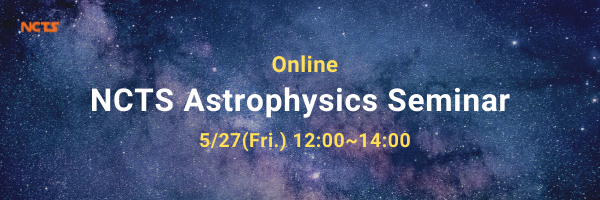About
|
Ghostly galaxies: accretion-dominated stellar systems in low-mass dark matter halos Chung-Wen Wang, NTHU (12.10-12.40pm) Wide-area deep imaging surveys have discovered large numbers of extremely low surface brightness dwarf galaxies, which present interesting challenges to galaxy formation theory and, potentially, new constraints on the nature of the dark matter. In this talk, we will discuss one as-yet unexplored formation mechanism that may account for a fraction of low surface brightness galaxies. We call this the `ghost galaxy' scenario. In this scenario, inefficient radiative cooling prevents star formation in the dominant dark matter potential of low mass halos, such that almost all their stellar mass is acquired through mergers. Systems formed in this way would appear as `ghostly' isolated stellar halos with no central galaxy. We use merger trees based on the Extended Press-Schechter formalism and the CoCo cosmological N-body simulation to demonstrate that mass assembly histories of this kind do occur for low-mass halos in LambdaCDM. At the end, we will talk about observational probability and future works. |
|
Reaction equilibrium in r-process of neutron star mergers Shih-Jie Huang, NTU (12.40-1.10pm) R-process nucleosynthesis in material ejected from neutron star mergers radioactively power the ejecta, observed as kilonovae. Meanwhile, the nuclear energy release during the r-process can also affect ejecta dynamics, such as the amount of the outflow mass from the accretion disc, or the accretion rate of fall-back material that may also power late-time gamma-ray emission. Thus, it is meaningful to consider the nucleosynthesis heating in the hydrodynamic simulation of kilonovae ejecta. Previous studies show that the dominant reactions in the r-process, neutron captures and photodissociation, may reach equilibrium for certain environmental conditions. Given the equilibrium, the isotopic abundances can be determined by a simple formula, which may be used to speed up the calculation of nucleosynthesis. In this project, we study under what condition the equilibrium between neutron (or alpha) captures and photodissociation occurs, and how fast the calculation can be accelerated. |



